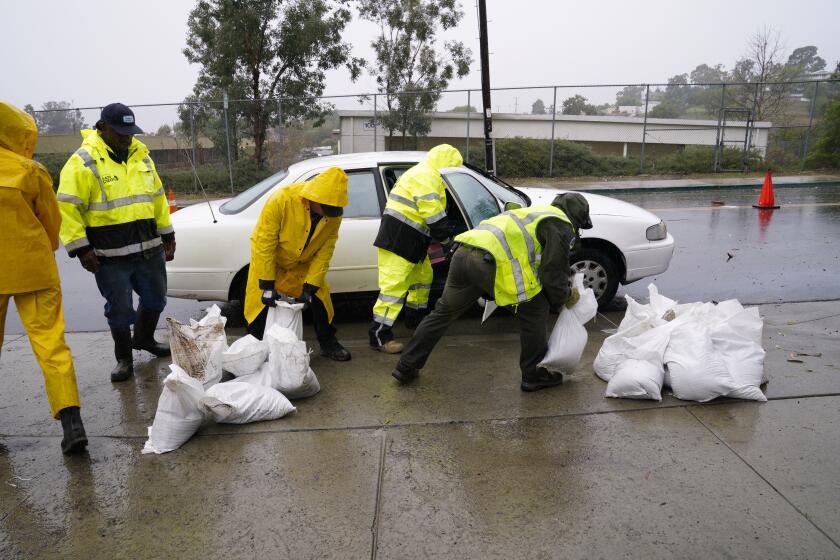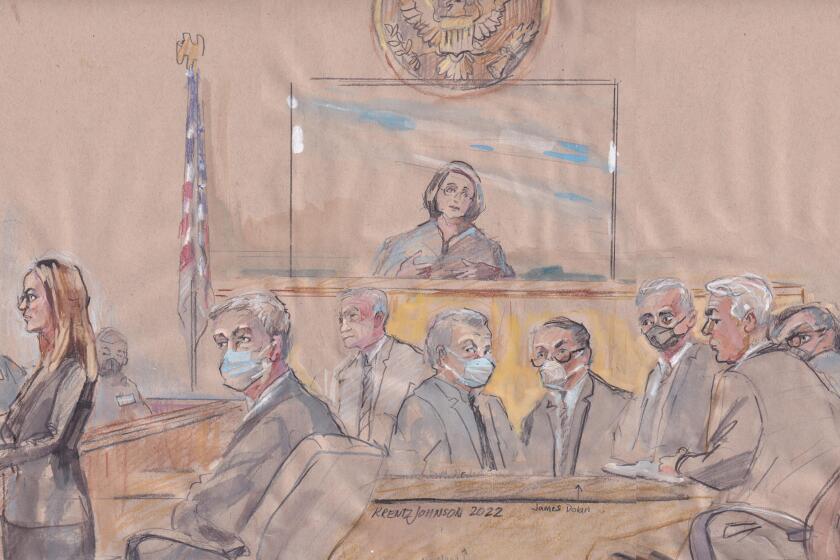WWI hero’s recognition highlights race relations
The story of Henry Lincoln Johnson is an unusual tale of military valor, of how the recognition that comes with it can be long-delayed and of the role race has played in America’s armed forces.
A member of the famed Harlem Hellfighters who helped French soldiers repel German units in 1918, Johnson is buried in Arlington National Cemetery and was awarded a Purple Heart and the Distinguished Service Cross — the nation’s second-highest honor for combat bravery.
But those distinctions didn’t come in typical fashion for Johnson, a 5-foot-4 black man born in Albany, N.Y.
His family had no idea he was buried at Arlington until 2001, 72 years after his death in 1929 at age 32.
He wasn’t given the Purple Heart until 1996, and he didn’t receive the Distinguished Service Cross until 2003.
That was in stark contrast to how Johnson was treated by the French, who almost immediately awarded him the Croix de Guerre — that country’s highest military honor — after he singlehandedly fought off several German soldiers in France’s Argonne Forest in May 1918.
While serving as a sentry with another American soldier who was shot and badly wounded in an ambush, Johnson used grenades, a rifle and a bolo knife to kill four Germans, wound an additional 10 to 20 and keep the enemy at bay long enough for the arrival of other French and U.S. troops to scare off the Germans.
Johnson suffered 21 gunshot wounds during the encounter, including one that shattered his foot and required insertion of a metal plate that limited his mobility after he was discharged from the service.
Historians attribute the delayed recognition for Johnson to the U.S. military essentially shunning the Harlem Hellfighters, an all-black fighting force formed in 1913 that was officially known as the U.S. 369th Infantry Regiment.
More stories of honor
The regiment was celebrated with a parade down New York City’s Fifth Avenue in 1919 after returning from Europe, and Johnson’s image was used to sell Victory War Stamps shortly afterward with the slogan: “Henry Johnson licked a dozen Germans, how many stamps have you licked?”
Former President Theodore Roosevelt called Johnson one of the five bravest Americans who served in World War I.
But eventually, the Hellfighters’ efforts and achievements were mostly ignored as the years passed. That was until the 1990s, when the New York State Military Museum began digitizing personnel records for the thousands of soldiers in the regiment.
The project uncovered that Johnson was buried at Arlington, instead of the unmarked pauper’s grave his family had always believed. Because of a data entry error, William Henry Johnson was listed as the man buried in Johnson’s Arlington grave on microfilm. But the original paper records had the correct name.
“Learning my father was buried in this place of national honor can be described in just one word: joyful,” Herman Johnson told a journalist in 2002. “I am simply joyful.”
Beyond the war zone, Johnson’s post-combat life was marked by struggles.
He made it back to Albany and resumed his previous job as a porter at the city’s train station, but his injuries prevented him from continuing, and he gradually became separated from his wife and three children.
His military discharge records failed to mention his injuries, costing him a disability allowance. He died destitute at age 32.
david.garrick@sduniontribune.com
Get Essential San Diego, weekday mornings
Get top headlines from the Union-Tribune in your inbox weekday mornings, including top news, local, sports, business, entertainment and opinion.
You may occasionally receive promotional content from the San Diego Union-Tribune.










